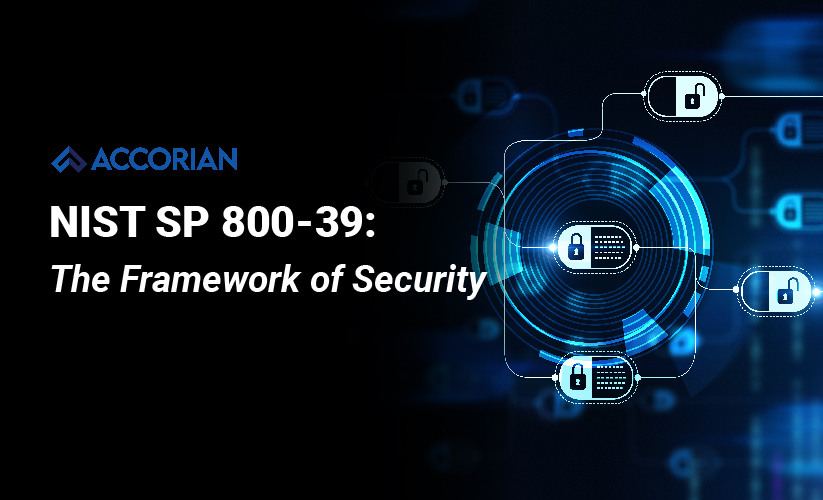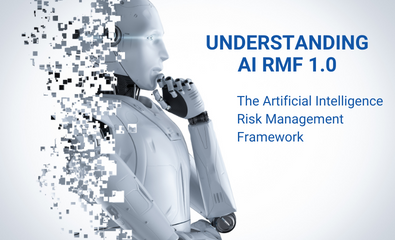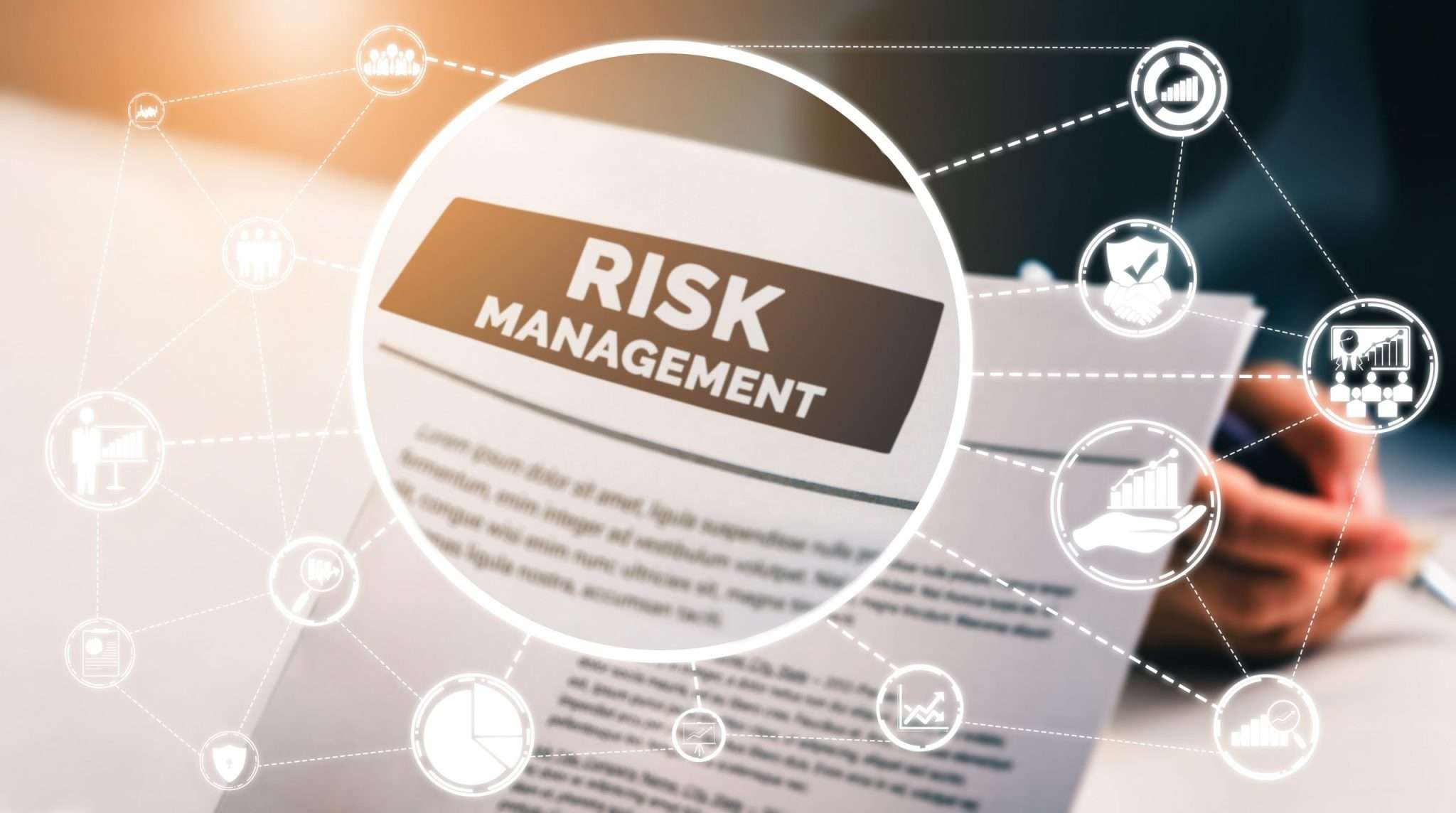Category: NIST
Written By: Vigneswar Ravi & Vedashree Venkatesh The ever-changing digital landscape poses a rising security challenge for organizations. Data security is not just a priority; it’s a necessity. It must be effectively integrated with development objectives to ensure alignment and effectiveness. According to a recent IBM report, the average data breach cost in 2023 was $4.35 million, emphasizing the importance […]
April 15, 2024
In a landmark move for cybersecurity, the National Institute of Standards and Technology (NIST) has released version 2.0 of the Cybersecurity Framework (CSF), an essential resource referenced in President Biden’s National Cybersecurity Strategy. This update represents a significant expansion of cybersecurity risk management protocols, transitioning from safeguarding critical infrastructure to encompassing organizations across all sectors. […]
March 8, 2024
Written by Tathagat Katiyar & Harshitha Chondamma II Artificial Intelligence is undergoing continuous growth and development, with new technologies and applications being developed daily. As AI becomes more prevalent and integrated into various industries, it is critical to ensure that these systems are trustworthy, secure, and transparent. This is where the Artificial Intelligence Risk Management […]
February 17, 2023
Today’s world is an ever-changing scenario with changes to the technology sector happening more frequently than ever due to emerging technologies. The case is quite similar in the field of Cyber Security. There are a few industry-acclaimed cybersecurity standards for governing the processes and execution of these standards. These standards are usually built upon a […]
June 8, 2020
A risk management program allows you to manage overall information security risk. It is an approach to identify, quantify, mitigate, and monitor risks. The reason to look at risk in a comprehensive manner is to make sure no one area is getting too much attention or, too little. Frameworks also help you identify the bigger […]
May 10, 2020





